Home>Dining>Events & Etiquette>What Is A Gala Dinner Party?
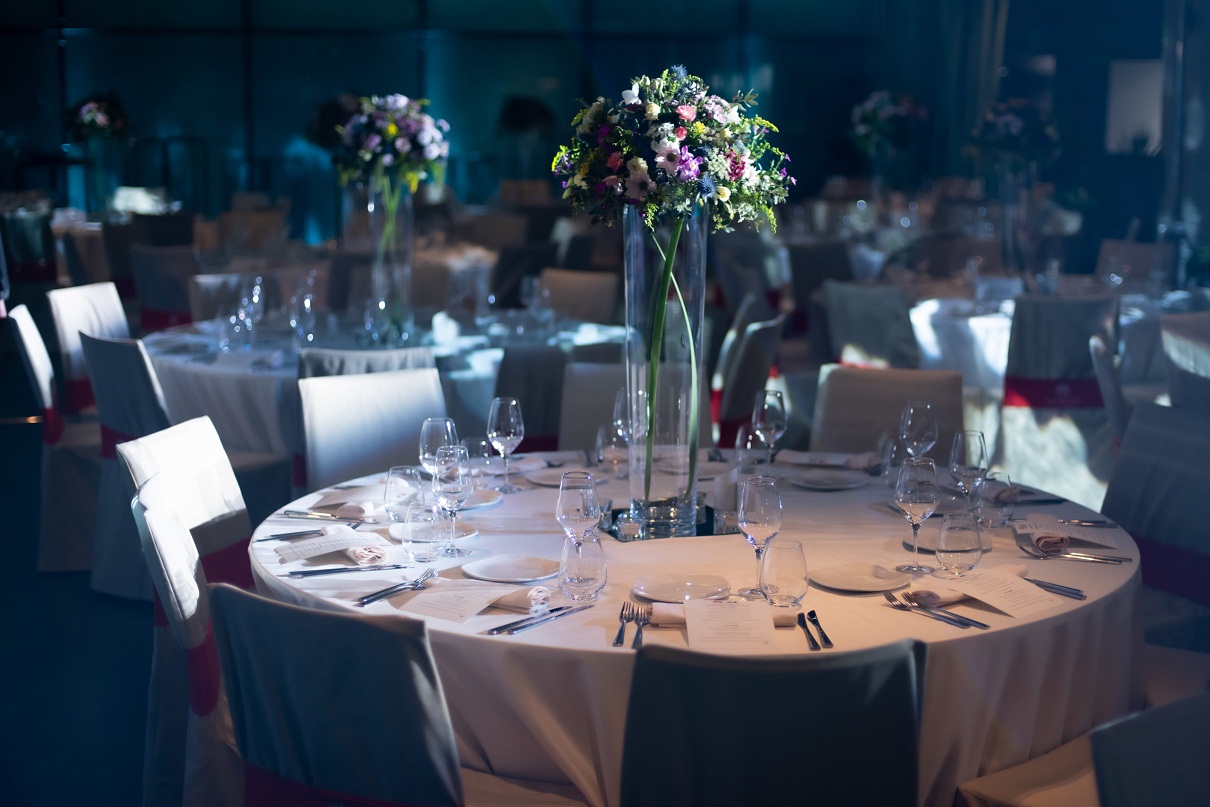

Events & Etiquette
What Is A Gala Dinner Party?
Modified: August 28, 2024
Discover the essence of a gala dinner party and explore its importance in events etiquette. Uncover the elegant traditions and sophisticated customs that make these occasions truly memorable.
(Many of the links in this article redirect to a specific reviewed product. Your purchase of these products through affiliate links helps to generate commission for Storables.com, at no extra cost. Learn more)
Introduction
A gala dinner party is an event characterized by elegance, sophistication, and celebration. It is a formal gathering designed to commemorate a special occasion or to raise funds for a charitable cause. Gala dinners are often associated with high-profile event planning, catering to distinguished guests and providing them with an unforgettable experience.
These events are not only an opportunity to entertain and socialize but also a platform to showcase the values and missions of the hosting organization. With meticulous attention to detail, a gala dinner party encompasses all elements of event planning, from selecting the perfect venue to curating a memorable menu and captivating entertainment.
Whether you are attending a gala dinner or organizing one, understanding the etiquette and nuances that accompany these events is essential. Proper etiquette ensures a harmonious atmosphere and creates a memorable experience for all attendees. In this article, we will delve into the world of gala dinner parties, exploring their definition, purpose, planning process, and the various elements that contribute to their success.
Key Takeaways:
- Gala dinner parties are elegant, multifaceted events that serve purposes beyond celebration, including fundraising, networking, and brand building. Proper planning, etiquette, and charitable elements contribute to their success.
- From venue selection to fundraising activities, gala dinner parties require meticulous attention to detail and a cohesive vision. Incorporating themed decor, engaging entertainment, and gracious etiquette ensures a memorable and impactful event.
Read more: What Is A Progressive Dinner Party?
Definition of a Gala Dinner Party
Before diving into the planning and execution of a gala dinner party, it is important to understand what exactly defines this type of event. A gala dinner party is a formal gathering that combines elegance, entertainment, and fundraising. It is an occasion where individuals, companies, or organizations come together to celebrate a special event or raise funds for a charitable cause.
The distinguishing feature of a gala dinner party is its formal black-tie dress code. Guests are expected to don their finest attire, including evening gowns, tuxedos, and formal suits. This adds an air of sophistication and glamour to the event, creating a special ambiance that sets it apart from other types of social gatherings.
Gala dinner parties often have a specific theme or concept that ties the entire event together. Themes can range from classic and timeless to contemporary and innovative, depending on the desired atmosphere and goals of the event. The decorations, menu, and entertainment are all tailored to align with the chosen theme, further enhancing the overall experience for participants.
In addition to being a glamorous social gathering, gala dinner parties also serve a philanthropic purpose. Many events of this nature are organized to raise funds for nonprofit organizations, charities, or community initiatives. Attendees may be required to purchase tickets or bid on auction items during the event, with the proceeds going towards the designated cause or organization. This combination of celebration and fundraising makes gala dinner parties meaningful and impactful events.
Overall, a gala dinner party can be seen as a refined and sophisticated affair that seamlessly blends elegance, entertainment, and charitable efforts. It is a celebration that aims to create a memorable experience for attendees while also making a positive impact on the community.
Purpose of a Gala Dinner Party
A gala dinner party serves multiple purposes, making it a unique and multifaceted event. Understanding the underlying goals and objectives can help organizers plan and execute a successful gathering that leaves a lasting impression on attendees. Let’s explore the key purposes of a gala dinner party:
- Celebration: One of the primary purposes of a gala dinner party is to celebrate a special occasion or milestone. This could be a company anniversary, a fundraising milestone, the launch of a new product or service, or even a personal achievement of an individual. Galas provide an opportunity for organizations or individuals to come together with their stakeholders, partners, and supporters, and to express gratitude while celebrating their accomplishments.
- Fundraising: Gala dinner parties often have a significant fundraising component. They are organized to raise funds for charitable causes, nonprofit organizations, or community initiatives. The event may include activities such as auctions, raffles, or sponsorships to generate donations. Through collaboration with supporters and sponsors, the goal is to make a positive impact and contribute towards a specific cause or organization.
- Networking and Relationship Building: Gala dinner parties bring together a diverse group of individuals, ranging from industry leaders and influencers to potential donors and supporters. These events provide an excellent opportunity for networking and relationship-building, fostering connections that can lead to future partnerships or collaborations. By creating a sophisticated and engaging environment, gala dinner parties encourage meaningful interactions and help forge lasting connections.
- Brand Building and Awareness: For businesses and organizations, gala dinner parties serve as a platform to enhance their brand image and reach a wider audience. Through careful branding and event execution, the event can create a positive association with the organization. This heightened visibility and positive perception can lead to increased awareness, strengthening the organization’s reputation and attracting potential customers or donors.
- Stewardship: Gala dinner parties also play a crucial role in stewardship and cultivating relationships with existing supporters. By inviting key stakeholders, donors, and advocates to a special evening, organizations can express gratitude for their ongoing support and loyalty. It is an opportunity to showcase the impact of their contributions and deepen their engagement and commitment to the cause.
Overall, the purpose of a gala dinner party is not limited to just celebration or fundraising. It encompasses a wide range of objectives, including building relationships, raising awareness, and creating a memorable experience for all attendees. By aligning these purposes with the overall vision and mission of the event, organizers can plan and execute a gala dinner party that achieves its desired outcomes and leaves a lasting impact.
Planning a Gala Dinner Party
Planning a gala dinner party requires meticulous attention to detail and careful coordination of various elements. To ensure a seamless and successful event, organizers must have a clear vision, a well-thought-out strategy, and a dedicated team to execute the plan. Let’s explore the key aspects of planning a gala dinner party:
- Define the Objectives: Start by clearly defining the objectives of the gala dinner party. Is it to celebrate a specific occasion, raise funds for a charity, or build relationships with stakeholders? Understanding the purpose will help guide the planning process and ensure all elements align with the desired outcomes.
- Establish a Budget: Determine the budget for the event, taking into account all the expenses including venue, catering, entertainment, decorations, and marketing. Allocating a budget from the outset will help keep the planning process on track and enable organizers to make informed decisions about the various elements of the event.
- Choose the Date and Venue: Select a date that is convenient for the target audience and does not conflict with other major events. The venue should be suitable for the size of the event and align with the desired ambiance and theme. Consider factors such as accessibility, parking facilities, and any specific requirements for audiovisual equipment or staging.
- Set the Theme and Decorations: Choose a theme that aligns with the purpose and desired atmosphere of the gala dinner party. From elegant and classic to modern and extravagant, the theme will guide the choice of decorations, color schemes, and overall aesthetics. Consider working with professional event decorators and designers to create a visually stunning and cohesive environment.
- Create a Memorable Menu: Work closely with a reputable catering company to design a menu that matches the theme and preferences of the guests. Consider dietary restrictions and ensure a variety of options are available, including vegetarian, vegan, and gluten-free choices. The presentation of the food should be visually appealing and complement the overall atmosphere of the event.
- Secure Entertainment and Program: Determine the type of entertainment that will engage and captivate the audience. This could include live music, a DJ, or a performance by a dance troupe or magician. Plan a program that includes speeches, awards, and any additional activities that align with the purpose of the event. Rehearse timings and transitions to ensure a seamless flow of the program.
- Manage Guest Invitations and RSVPs: Prepare a guest list that includes key stakeholders, sponsors, potential donors, and supporters of the cause. Send out elegant invitations well in advance, along with details about the event, dress code, and RSVP process. Track and manage guest responses to ensure accurate attendance numbers for logistics and catering purposes.
- Establish Dress Code and Etiquette: Clearly communicate the dress code expectations to guests through the invitations and event website. Formal black-tie attire is typically required for gala dinner parties. Additionally, provide information about any specific etiquette guidelines or cultural considerations that attendees should be aware of to ensure a respectful and inclusive atmosphere.
- Incorporate Fundraising and Charitable Elements: If the gala dinner party includes fundraising, carefully plan and execute activities that encourage donations, such as auctions, raffles, or pledge drives. Create engaging displays and compelling stories that convey the impact of the cause or organization. Train staff and volunteers to effectively communicate the fundraising goals and inspire attendees to contribute.
By paying attention to these key elements, organizers can plan and execute a gala dinner party that aligns with the event’s objectives, creates a memorable experience for attendees, and achieves the desired outcomes.
Venue Selection
The choice of venue for a gala dinner party plays a crucial role in setting the tone, ambiance, and overall experience of the event. The venue should align with the theme, accommodate the expected number of guests, and provide the necessary amenities for a successful gathering. Here are some factors to consider when selecting the perfect venue for a gala dinner party:
- Capacity and Layout: Determine the number of guests expected to attend the event and choose a venue that can comfortably accommodate them. Consider the layout of the space, including seating arrangements, stage setup, and any additional areas required for cocktail receptions or socializing. Ensure that the venue has sufficient space for tables, a dance floor, entertainment, and any other planned activities.
- Ambiance and Aesthetics: The venue should align with the desired theme and ambiance of the gala dinner party. Consider the architectural style, interior design, and overall atmosphere of the space. Whether it’s a grand ballroom, an elegant banquet hall, or an outdoor garden space, the venue should evoke a sense of sophistication and create a visually stunning backdrop for the event.
- Access and Location: Accessibility is a key consideration when selecting a venue. Choose a location that is convenient for the majority of the attendees, taking into account factors such as proximity to transportation hubs, parking facilities, and accommodation options. Additionally, consider the ease of access for vendors and service providers to ensure a smooth setup and breakdown process.
- Facilities and Amenities: Assess the facilities and amenities provided by the venue. This may include audiovisual equipment, staging, lighting, and sound systems. Ensure that these resources are in good condition and can meet the technical requirements of the event. Consider additional amenities such as dressing rooms for performers, a coat check area, restrooms, and sufficient storage space for decorations and equipment.
- Catering and Kitchen Facilities: If the venue has an in-house catering service, evaluate their menu options, quality of food, and ability to accommodate any dietary restrictions. If external catering is preferred, confirm that the venue allows for outside vendors and has the necessary facilities to support them. Ensure that the kitchen facilities are capable of handling the volume of food preparation for the event.
- Budget and Cost: Consider the cost of renting the venue and whether it fits within the allocated budget. Take into account any additional charges, such as security, cleaning fees, or overtime charges for extended event hours. Negotiate with the venue management to secure the best possible deal and clarify all terms and conditions in the contract to avoid any surprises later on.
- Reputation and Reviews: Research the venue’s reputation and read reviews from previous clients or event organizers. Look for feedback on the venue’s service, staff professionalism, and overall experience. This will help gauge the venue’s reliability and their ability to meet expectations.
Selecting the right venue for a gala dinner party is crucial in creating a memorable and successful event. By carefully considering these factors and conducting thorough research, organizers can choose a venue that aligns with their vision and provides the ideal setting for an elegant and enjoyable evening.
Read more: What To Bring For A Dinner Party
Decorations and Theme
The decorations and theme of a gala dinner party set the stage for an unforgettable experience. They create a visually stunning and cohesive environment that complements the purpose and ambiance of the event. The decorations and theme should reflect the overall concept and leave a lasting impression on attendees. Here are some tips for creating an impactful decor and theme:
- Choose a Theme: Selecting a theme is the foundation of the decor and sets the tone for the entire event. The theme could be based on a specific era, a cultural celebration, a color palette, or a concept that aligns with the purpose of the gala dinner party. Ensure that the chosen theme is inclusive and resonates with the target audience.
- Color Scheme: Determine a color scheme that complements the chosen theme and adds depth and sophistication to the decor. Consider using colors that evoke a sense of elegance and luxury, such as gold, silver, black, or deep jewel tones. Incorporate these colors throughout the venue, including table linens, floral arrangements, lighting, and signage.
- Table Settings: Pay attention to the table settings as they play a crucial role in the overall decor. Choose elegant tablecloths, napkins, and chair covers that align with the theme and color scheme. Decorate the tables with stylish centerpieces, incorporating elements such as flowers, candles, or themed ornaments. Ensure that the table settings are carefully arranged to create a visually appealing and inviting atmosphere.
- Lighting: Lighting plays a significant role in creating ambiance and enhancing the overall decor. Utilize a combination of soft and focused lighting to create different moods throughout the event space. Consider incorporating chandeliers, string lights, or decorative lamps to add an extra touch of elegance. Use uplighting to highlight specific areas or architectural features of the venue.
- Floral Arrangements: Flowers are a staple in gala dinner party decor and can add beauty, fragrance, and glamour to the event. Choose flowers that align with the color scheme and theme. Consider using a mix of tall floral arrangements, floating candles, and smaller vases to create dimension and visual interest. Work with a professional florist to create stunning floral displays that leave a lasting impression.
- Signage and Branding: Incorporate signage and branding elements throughout the venue to enhance the overall theme and to create a cohesive experience. Customized signage can include welcome signs, directional signage, and displays with the event logo or sponsor logos. Design and print materials that align with the theme, such as menus, programs, and place cards, to further immerse attendees in the event experience.
- Dramatic Entrance: Create a memorable entrance that captivates attendees from the moment they step into the venue. Consider using a themed archway, a red carpet, or an art installation that reflects the overall concept. Incorporate lighting effects, music, or performers to provide a grand and theatrical entrance experience.
- Themed Entertainment: Enhance the overall ambiance by providing themed entertainment that aligns with the chosen concept. This could include live music, dancers, acrobats, or performers dressed in costumes that match the theme. The entertainment should seamlessly integrate with the overall decor, adding excitement and captivating the guests.
Creating a captivating decor and theme involves attention to detail, creativity, and a cohesive vision. By carefully selecting decorations, colors, lighting, and entertainment that align with the chosen theme, organizers can create a visually stunning and immersive experience for attendees at the gala dinner party.
A gala dinner party is a formal event typically held to raise funds for a charity or celebrate a special occasion. It often includes a cocktail hour, multi-course meal, entertainment, and silent auction. Dress code is usually black tie or formal attire.
Menu and Catering
The menu and catering are essential components of a gala dinner party, as they contribute to the overall experience and leave a lasting impression on guests. A carefully curated menu and exceptional catering services can elevate the event and ensure a memorable dining experience. Here are some considerations when planning the menu and selecting a catering company:
- Understand Guest Preferences: Take into account the dietary preferences and restrictions of the attendees. Some guests may have specific dietary requirements such as vegetarian, vegan, gluten-free, or kosher. Ensure that the menu includes options to accommodate these needs, and work closely with the catering company to develop suitable alternatives for each course.
- Curate a Well-Balanced Menu: Create a menu that offers a variety of flavors and textures, with well-balanced courses. Start with a selection of appetizers or canapés to tantalize the guests’ taste buds, followed by flavorful soups and salads. Offer a choice of main courses, including vegetarian options, along with complementing sides. Finish the meal with a selection of delectable desserts or a cheese platter.
- Highlight Local and Seasonal Ingredients: Whenever possible, incorporate local and seasonal ingredients into the menu. This not only supports local farmers and suppliers but also ensures the freshness and quality of the dishes. By showcasing regional flavors and ingredients, you add a unique touch to the dining experience, making it more memorable for guests.
- Plating and Presentation: Pay attention to the presentation of each dish to create a visually appealing dining experience. Work with the catering company to design beautifully plated dishes that are visually stunning and captivating. The presentation should align with the overall theme and atmosphere of the event, adding an extra touch of elegance to the dining experience.
- Consider Signature Cocktails and Beverages: In addition to the food menu, create a selection of signature cocktails and non-alcoholic beverages that align with the event theme. This adds another layer of sophistication and personalization to the dining experience. Collaborate with the catering company or a professional mixologist to design unique and flavorful drinks that leave a lasting impression.
- Tasting and Menu Sampling: Prior to finalizing the menu, schedule a tasting session with the catering company to sample various dishes and evaluate their flavors, presentation, and overall quality. This allows for any necessary adjustments or revisions to ensure that the final menu meets the desired standards and exceeds guest expectations.
- Service and Professionalism: Choose a reputable catering company known for their exceptional service and professionalism. The catering staff should be well-trained, professional, and attentive to the needs of the guests. Ensure that the catering company has sufficient staff to handle the event smoothly, from food preparation and service to cleanup and post-event logistics.
- Flexibility and Adaptability: Work with the catering company to address any specific requirements or last-minute changes that may arise. Good communication and flexibility are key in ensuring that the catering team can successfully accommodate any unexpected scenarios, dietary restrictions, or logistical challenges that may occur during the event.
The menu and catering are integral parts of the gala dinner party experience, as they provide guests with a delightful culinary journey. By considering guest preferences, creating a balanced menu, and collaborating with a professional catering company, organizers can ensure that the dining experience is a highlight of the event.
Entertainment and Program
Entertainment is a key element of a gala dinner party, providing guests with memorable experiences and engaging activities. The entertainment and program should complement the overall theme and create an enjoyable and captivating atmosphere. Here are some considerations when planning the entertainment and program for a gala dinner party:
- Live Music: Consider hiring a live band, a string quartet, or a solo musician to provide elegant and engaging music throughout the evening. The type of music should align with the theme and appeal to the preferences of the guests. The musicians can perform during the cocktail hour, dinner, and dancing portion of the event, creating a pleasant backdrop for conversation and enhancing the overall ambiance.
- Performances: Incorporate captivating performances that align with the theme of the gala dinner party. This could include a dance troupe, acrobats, magicians, or culturally themed performances. The performances should be well-rehearsed, entertaining, and seamlessly integrated into the program to captivate and engage the guests.
- Keynote Speakers or Presentations: Include engaging keynote speakers or presentations that align with the purpose and objectives of the gala dinner party. These speakers can share inspiring stories, insights, or information related to the cause or event theme. Ensure that the speakers are well-prepared and deliver their presentations in an engaging and concise manner.
- Awards Ceremony: If appropriate, incorporate an awards ceremony to recognize individuals, companies, or organizations for their contributions or achievements. This adds prestige and excitement to the event, and guests will enjoy seeing deserving individuals being acknowledged and celebrated. Ensure that the award presentations are well-organized and rehearsed to maintain a smooth flow of the program.
- Interactive Activities: Incorporate interactive activities or games that encourage guest participation and create a lively and engaging atmosphere. This could include photo booths, casino tables, or themed interactive installations. These activities provide opportunities for guests to socialize, have fun, and create memorable moments during the event.
- Silent Auction or Fundraising Activities: If the gala dinner party includes a fundraising component, include silent auctions or other fundraising activities. Display appealing items or experiences that attendees can bid on, encouraging them to support the cause through their contributions. Clearly communicate the objectives of the fundraising activities, and ensure that the process is well-managed, transparent, and exciting for the guests.
- Timings and Transitions: Plan the program with well-defined timings and seamless transitions between different segments of the event. Avoid long gaps or delays that might disengage the guests. Work closely with the entertainers, speakers, and support staff to ensure an organized and smooth-flowing program.
- DJ or Dance Music: Conclude the evening with a festive and energetic atmosphere by hiring a DJ to provide dance music. The DJ can play a mix of music genres to cater to different preferences and get the guests on their feet. Ensure that the DJ understands the desired atmosphere and is able to create a playlist that keeps the dance floor busy and guests entertained.
The entertainment and program of a gala dinner party are instrumental in creating a captivating and engaging experience for attendees. By carefully selecting a variety of entertainment options, planning the program flow, and incorporating interactive activities, organizers can ensure that the event is enjoyable, memorable, and leaves guests with a lasting impression.
Guest Invitations and RSVPs
The process of inviting guests and managing RSVPs is crucial for the success of a gala dinner party. A well-planned invitation and RSVP process ensures that guests are informed about the event and allows organizers to effectively manage attendance numbers. Here are some considerations when handling guest invitations and RSVPs:
- Guest List: Create a comprehensive guest list that includes key stakeholders, sponsors, potential donors, and supporters of the cause or organization. Consider the capacity of the venue and the desired atmosphere of the event when determining the number of invitations to send.
- Invitation Design: Design elegant and visually appealing invitations that reflect the theme and sophistication of the gala dinner party. Incorporate the event logo, theme colors, and relevant details such as date, time, venue, and dress code. Use high-quality materials and consider printing options such as embossing or foil stamping to add a touch of luxury.
- Delivery Method: Choose a delivery method that aligns with the formality of the event and the preferences of the guests. This can include physical invitations mailed through traditional mail, digital invitations sent via email, or a combination of both. Ensure that the invitations are sent well in advance to allow guests sufficient time to respond.
- Clear RSVP Instructions: Clearly communicate the RSVP process and deadline to the guests. Include specific instructions on how to RSVP, such as an email address, a dedicated online RSVP system, or a phone number for guests to respond. Make the process as straightforward as possible to encourage prompt responses.
- Follow-Up Communication: Follow up with guests who have not responded by the initial deadline. Send gentle reminders or make personal phone calls to ensure all attendees are accounted for and to obtain accurate attendance numbers. This helps with planning logistics such as seating arrangements, catering, and overall event management.
- Collect Important Information: Gather essential information from guests during the RSVP process, such as dietary restrictions, special requests, or any other details that may impact their experience at the gala dinner party. This information will allow organizers to make necessary accommodations and ensure a seamless and enjoyable event for all attendees.
- Attendee Confirmation: Once guests have confirmed their attendance, send them a confirmation message or email that includes relevant event details and any updates or special instructions. This serves as a reminder and provides guests with necessary information to prepare for the event.
- Seating Assignments: If the event includes assigned seating, create a seating plan based on the RSVP responses received. Take into consideration any specific requests or preferences indicated by the guests. Prepare table cards or place cards to guide guests to their assigned seats during the event.
- Manage Last-Minute Changes: Anticipate that there may be last-minute changes to guest attendance. Establish a system to handle these changes and ensure seamless management on the day of the event. Communicate any updates to the catering team, venue staff, and relevant stakeholders to ensure a smooth experience for all guests.
An effective guest invitation and RSVP process not only ensures accurate attendance numbers but also helps in providing a seamless experience for all guests. By paying attention to these considerations and closely managing the RSVP process, organizers can create a well-organized and successful gala dinner party.
Read more: What To Make For A Christmas Dinner Party
Dress Code and Etiquette
The dress code and etiquette of a gala dinner party play a significant role in creating a formal and refined atmosphere. Ensuring that guests are aware of the expected dress code and etiquette guidelines helps to maintain a harmonious and enjoyable experience for all attendees. Here are some considerations when establishing the dress code and etiquette for a gala dinner party:
- Dress Code: Clearly communicate the dress code expectations to guests through the invitations, event website, or other communications. The dress code for gala dinner parties is typically formal and black-tie. Men are expected to wear tuxedos or formal suits, while women are encouraged to wear elegant evening gowns or cocktail dresses.
- Accessories and Jewelry: Encourage guests to accessorize appropriately to complement their attire. Men can wear cufflinks, bowties, or pocket squares, while women can opt for statement jewelry, clutch bags, or elegant shoes. Remind guests to keep their accessories classic and in accordance with the overall formality of the event.
- Punctuality: Request that guests arrive on time for the gala dinner party. Being punctual shows respect for the event and allows for a smooth flow of the program. Encourage guests to consider traffic and parking conditions to avoid delays.
- Cell Phone Etiquette: Remind guests to silence their cell phones or put them on vibrate during the event. Encourage them to keep phone usage to a minimum, allowing everyone to fully engage in the evening’s program. Provide designated areas for guests to use their phones discreetly if necessary.
- Table Manners: Emphasize the importance of proper table manners during the gala dinner. Remind guests to eat with their utensils, chew with their mouths closed, and engage in polite conversation. Encourage them to wait until everyone at the table is served before starting their meal and to follow any specific instructions from the waitstaff.
- Respecting Personal Space: Encourage guests to be mindful of personal space and not to overcrowd others. Remind attendees to be respectful and considerate of each other’s comfort during conversations, especially during networking or socializing portions of the evening.
- Engaging in Conversation: Encourage guests to engage in polite and meaningful conversations with other attendees, including other guests, sponsors, and organizers. Networking is an essential part of the gala dinner party experience, so remind guests to be open, friendly, and attentive when interacting with others.
- Thanking Event Organizers: Encourage guests to express their gratitude to the event organizers, hosts, or sponsors. A simple thank you to those responsible for planning and coordinating the gala dinner party shows appreciation for their efforts and adds to the overall positive atmosphere of the event.
- Gracious Acceptance of Recognition: When receiving awards or recognition during the event, encourage guests to display graciousness and humility. Remind them to prepare a brief and heartfelt acceptance speech if necessary, expressing their appreciation and acknowledging the efforts of those involved.
- Departure and Farewell: At the end of the event, encourage guests to bid farewell to the hosts, organizers, and fellow attendees before leaving. Remind them to express their gratitude for the evening and, if appropriate, to share positive feedback or experiences they had during the event.
By establishing a clear dress code and providing guidance on etiquette expectations, organizers can ensure a harmonious and refined atmosphere at the gala dinner party. Educating guests on these guidelines allows everyone to fully enjoy the event and contribute to its success.
Fundraising and Charitable Elements
Fundraising and charitable elements are integral parts of a gala dinner party, as they provide an opportunity to make a positive impact and support meaningful causes. Incorporating these elements not only adds purpose to the event but also encourages guests to contribute and participate in creating a better society. Here are some considerations for incorporating fundraising and charitable elements into a gala dinner party:
- Choose a Cause: Select a cause or charitable organization that aligns with the values and mission of the event. Identify a cause that resonates with the attendees and has a meaningful impact. This could be a local charity, an international humanitarian effort, or a specific community initiative. Ensure that the cause is well-researched and reputable.
- Communicate the Purpose: Clearly communicate the purpose and goals of the fundraising efforts to the guests. Provide information about the cause, including its significance and impact. Use visual displays, presentations, or videos to engage attendees and create an emotional connection with the cause.
- Silent Auction: Include a silent auction at the gala dinner party to raise funds. Gather a variety of appealing items, experiences, or services that guests can bid on. Display the auction items prominently and provide detailed descriptions along with suggested bidding increments. Ensure that the auction runs smoothly with clearly defined rules and effective bidding systems.
- Raffles and Prizes: Organize raffles with attractive prizes that guests can purchase tickets for during the event. The prizes can range from luxury items to unique experiences or even sponsored vacations. Promote the raffle and create excitement throughout the evening, announcing the winners towards the end of the gala dinner party.
- Pledge Drives: Initiate a pledge drive where guests can make financial contributions towards the cause or organization. Clearly explain how the funds will be utilized and the impact they will make. Encourage guests to pledge specific amounts or set up recurring donations, emphasizing the long-term support they can provide to the cause.
- Corporate Sponsorships: Reach out to businesses that share a philanthropic vision and values with the gala dinner party. Offer various levels of sponsorship opportunities, providing exposure and recognition for their support. Collaborate with sponsors to align their brand with the cause and highlight their involvement during the event.
- Exclusive Experiences: Include exclusive experiences or packages that guests can bid on or purchase. These can range from unique trips or vacations to behind-the-scenes tours, VIP access to events, or personalized services. Showcase these exclusive experiences to generate excitement and incentivize guests to participate in the fundraising efforts.
- Donation Displays: Set up displays or visuals that showcase the impact of the donations or highlight specific initiatives undertaken by the cause or organization. Use storytelling and visuals to engage attendees and demonstrate the tangible difference their contributions can make.
- Express Gratitude: Show appreciation to all guests, sponsors, and donors for their contributions and support. Publicly recognize their generosity during the event, whether through speeches, thank-you notes, or personalized acknowledgments. Follow-up with personalized thanks after the gala dinner party to express sincere gratitude for their contributions.
- Transparency: Be transparent about how the funds raised will be allocated and distributed. Provide regular updates to donors and sponsors, demonstrating the impact and outcomes achieved as a result of their contributions. This builds trust and encourages continued engagement and support.
Incorporating fundraising and charitable elements into a gala dinner party not only creates a sense of purpose and impact but also provides guests with an opportunity to contribute to a greater cause. By carefully planning and executing these elements, organizers can make a significant difference and inspire attendees to support and engage with the chosen charitable initiatives.
Conclusion
A gala dinner party is much more than just an evening of glitz and glamour. It is a meticulously planned and executed event that combines elegance, celebration, and purpose. Whether it is a corporate celebration, a fundraiser for a charitable cause, or a gathering to commemorate a milestone, a gala dinner party requires careful attention to detail and adherence to proper etiquette.
Through this article, we have explored the various elements involved in planning a successful gala dinner party – from defining the purpose and selecting the perfect venue to curating a menu that tantalizes the taste buds. We have also discussed the importance of incorporating entertainment, managing guest invitations and RSVPs, and including fundraising and charitable elements to make a positive impact on society.
By understanding the significance of the dress code and etiquette, organizers can create an atmosphere of sophistication and refinement, ensuring that guests feel comfortable and engaged throughout the evening. Additionally, by selecting the right theme and decorations, organizers can create a visually stunning environment that aligns with the event’s purpose and leaves a lasting impression on attendees.
Fundraising and charitable elements bring a deeper meaning to the gala dinner party, allowing guests to contribute to worthy causes and make a positive impact on society. By communicating the purpose, utilizing various activities such as auctions and pledging drives, and expressing genuine gratitude for the contributions made, organizers can inspire guests to become actively involved in the event’s mission.
In conclusion, a gala dinner party is a remarkable opportunity to celebrate, connect, and make a difference. With careful planning, attention to detail, and adherence to proper etiquette, organizers can create an extraordinary experience for attendees and leave a lasting legacy in the hearts of all involved. Whether it is an elegant soiree or a grand fundraiser, a well-executed gala dinner party has the power to create memories that will resonate long after the event has concluded.
Frequently Asked Questions about What Is A Gala Dinner Party?
Was this page helpful?
At Storables.com, we guarantee accurate and reliable information. Our content, validated by Expert Board Contributors, is crafted following stringent Editorial Policies. We're committed to providing you with well-researched, expert-backed insights for all your informational needs.

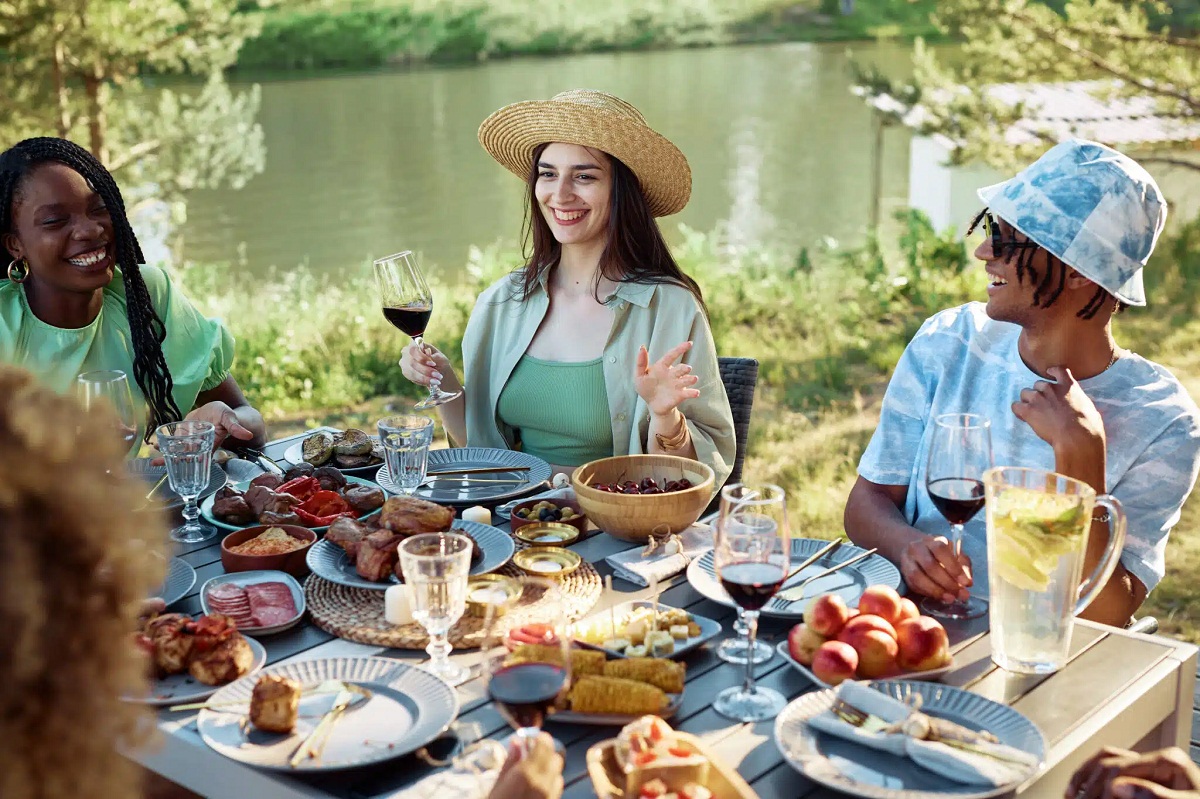
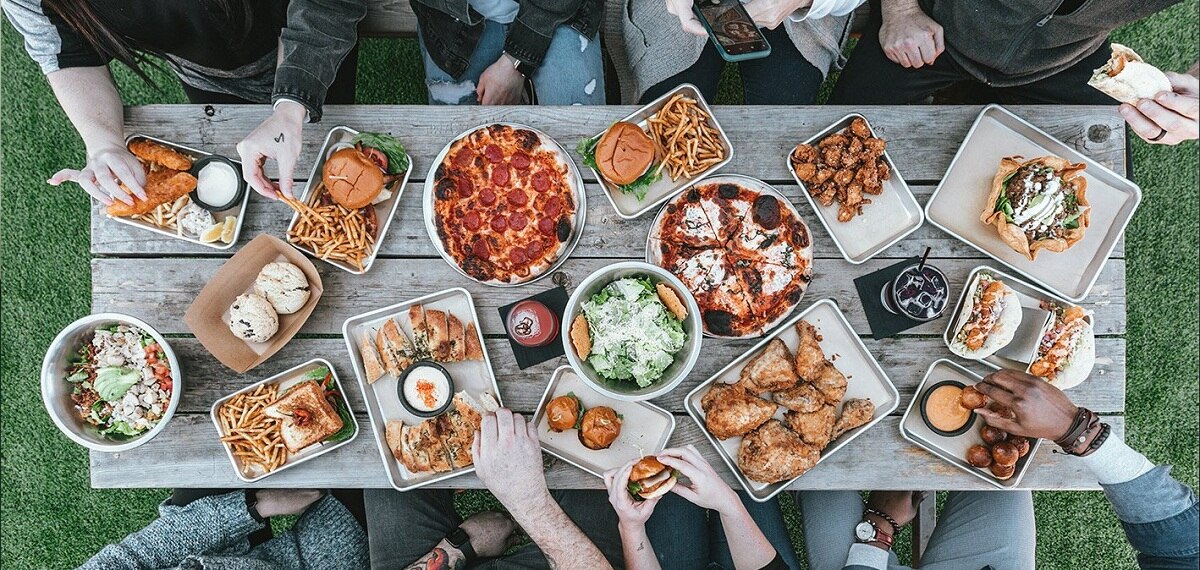

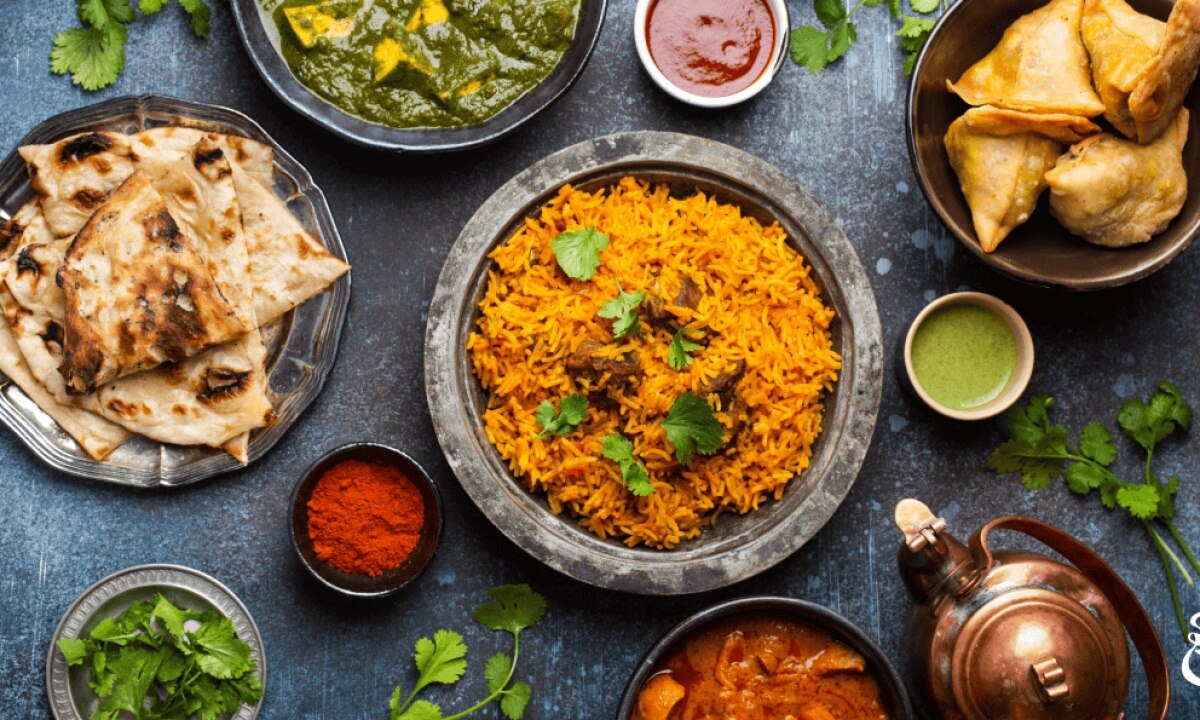
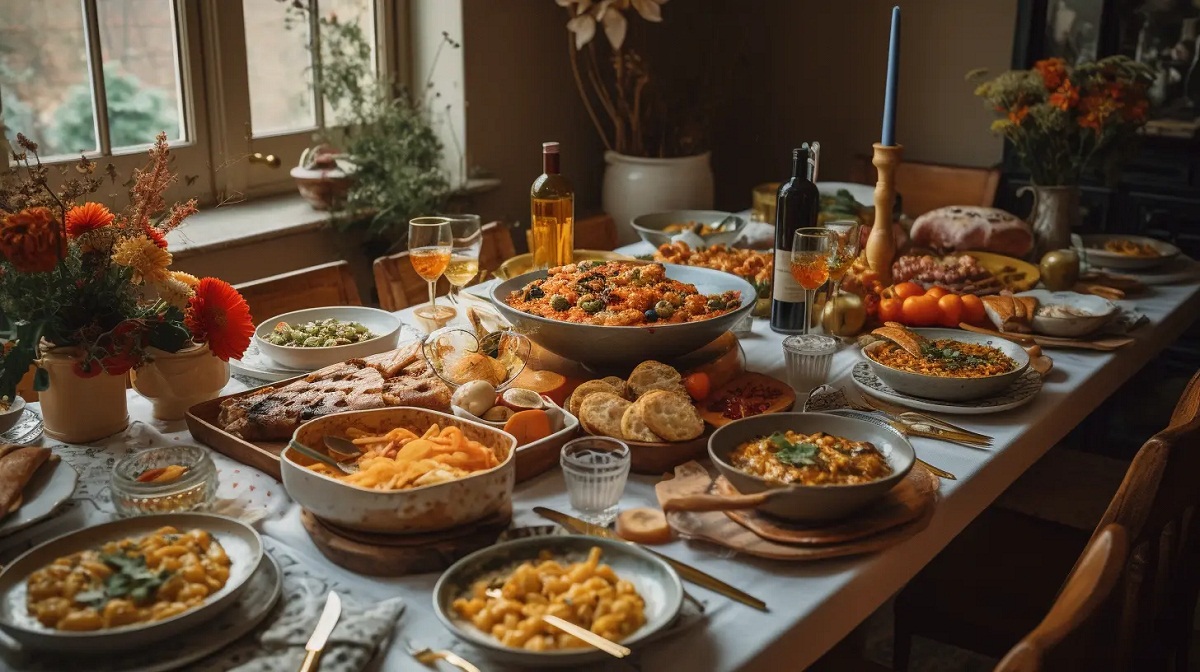
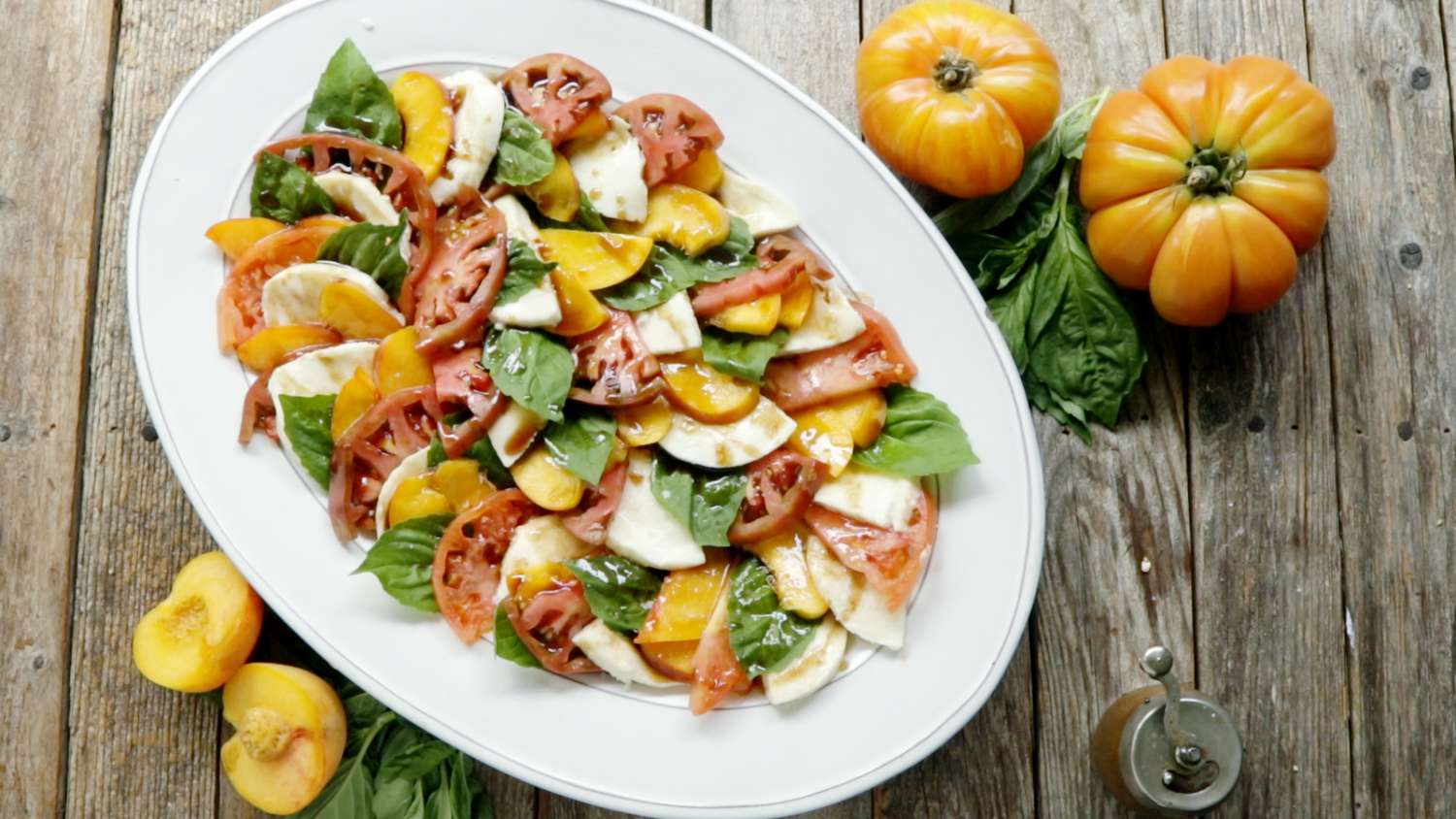
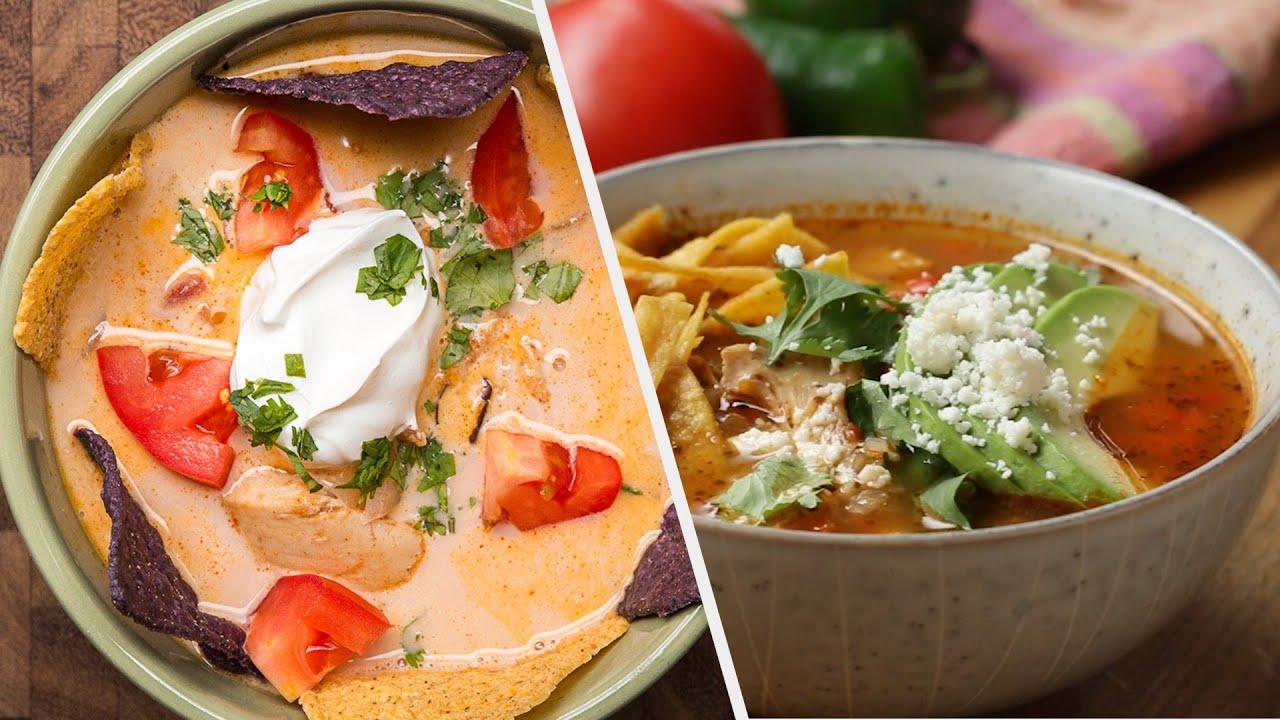


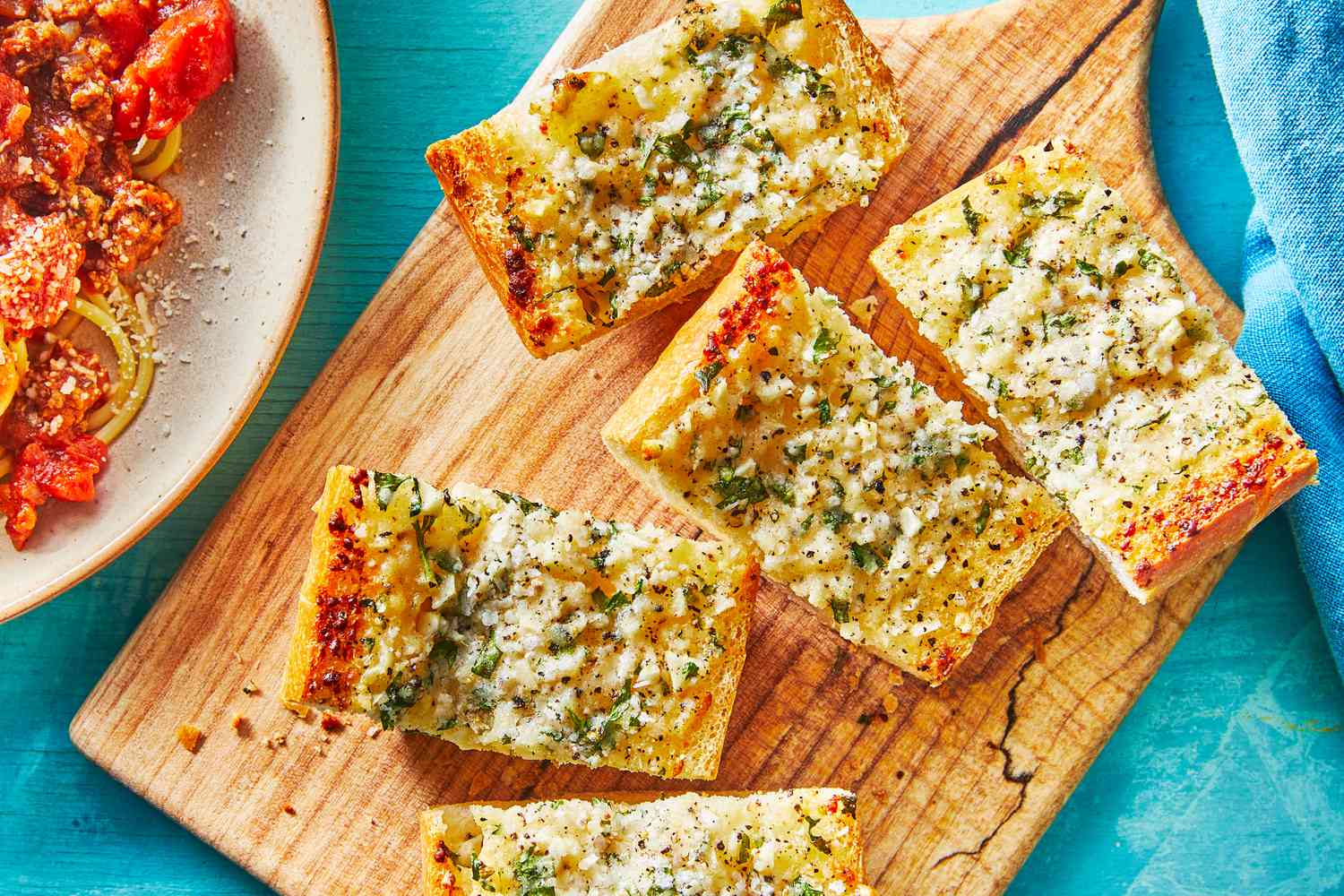
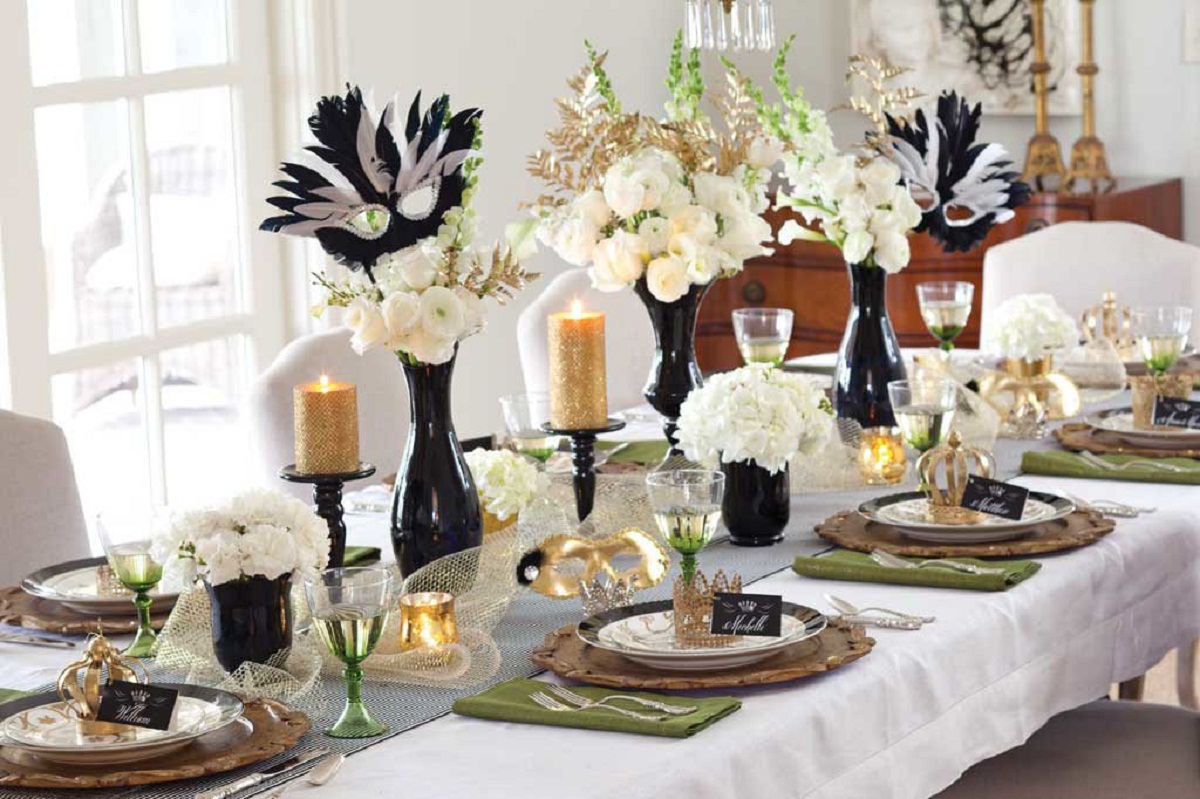


0 thoughts on “What Is A Gala Dinner Party?”